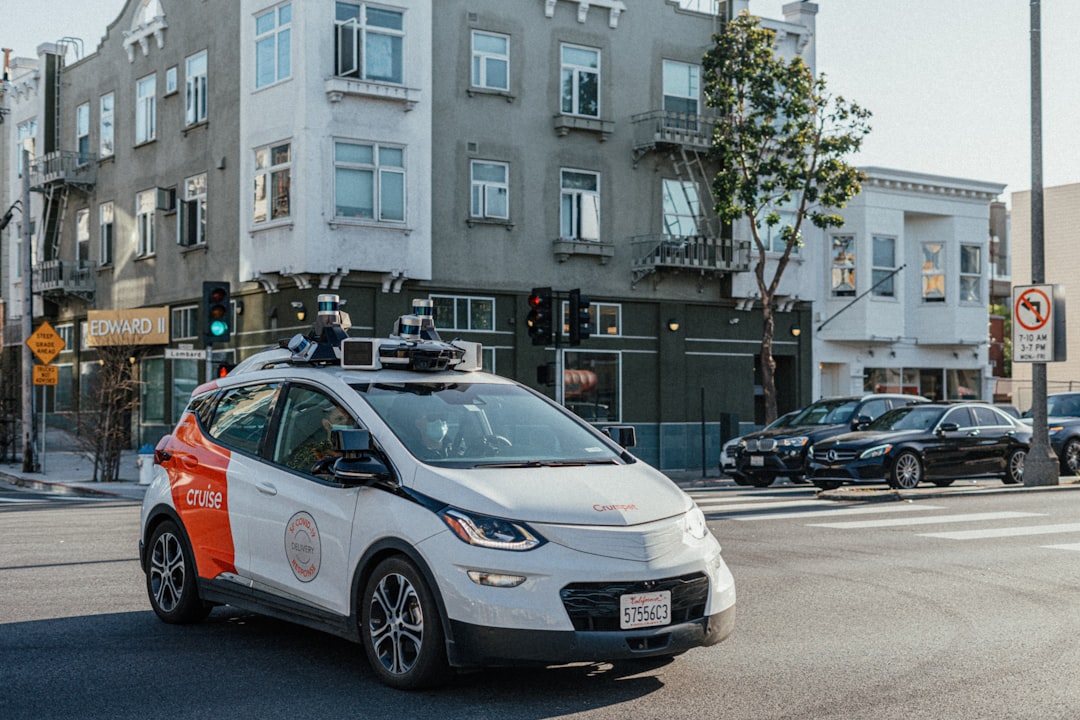What is it about?
We explain the core principles of the ecological approach to perception and action (affordance, perceptual invariants, ...) and show how they can be used to design useful, comfortable, and efficient man-machine interfaces, especially for remotely controlling robots and vehicles.
Featured Image
Why is it important?
People in the engineering and CHI communities are familiar with many ecological concepts such as affordances, perceptual invariants, or laws of control of movement. However, they often use these concepts with a great deal of confusion, which hinder the benefits that could be gained from applying them. As noted by one of the reviewer’s, this paper “provides a careful, scholarly, and thorough analysis of the Ecological Approach as it relates to human-machine systems in general, and as it relates to teleoperation, in particular. The arguments are well-founded and carefully related to existing literature in several relevant areas. The paper offers a conceptually sophisticated ‘blueprint’ that can help to shape actual design decisions.”
Read the Original
This page is a summary of: Perceiving for Acting With Teleoperated Robots: Ecological Principles to Human–Robot Interaction Design, IEEE Transactions on Systems Man and Cybernetics - Part A Systems and Humans, November 2012, Institute of Electrical & Electronics Engineers (IEEE),
DOI: 10.1109/tsmca.2012.2190400.
You can read the full text:
Contributors
The following have contributed to this page










